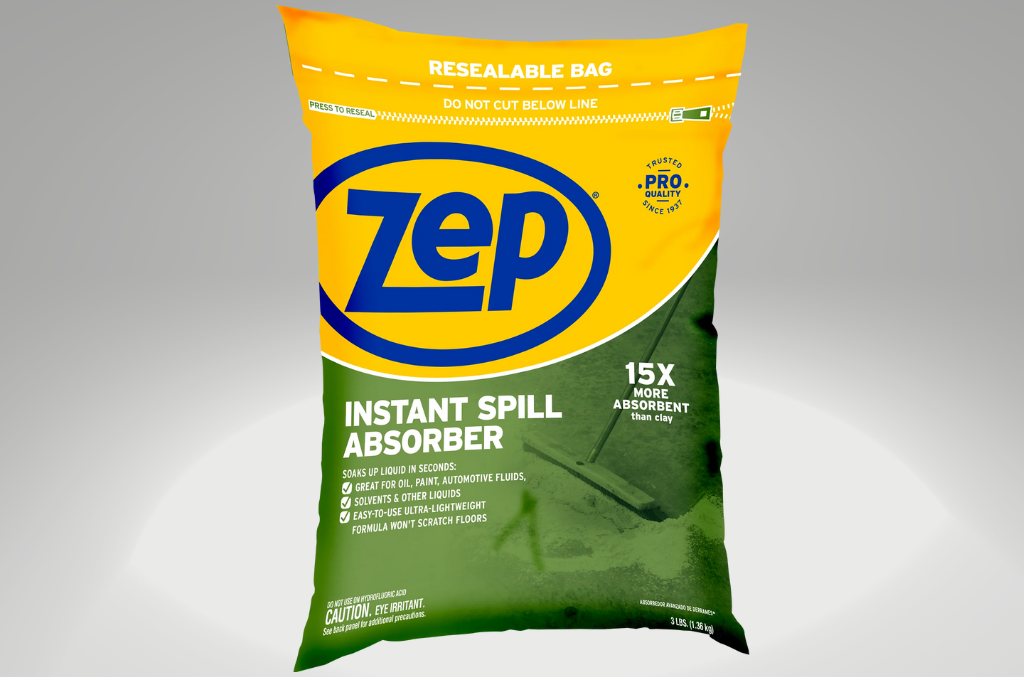Spill Absorbents
The Comprehensive Guide to Spill Absorbents: Understanding and Utilizing These Essential Tools
Spill absorbents, as their name suggests, are materials designed for the specific purpose of soaking up and containing spills. These are essential tools in a wide range of industries, from manufacturing and distribution to healthcare, education, and building services. They come in various forms including pads, rolls, socks, and pillows, each uniquely designed to handle different kinds of spills.
Spill absorbents play a critical role in ensuring a safe and clean environment. They help control accidental releases of liquids, thus preventing potential hazards that could harm people, damage property, or negatively impact the environment.
In This Article
Understanding the Importance of Spill Absorbents in Various Industries
In manufacturing and distribution industries, machinery and equipment often use or produce various liquids, including oils, chemicals, and other potentially hazardous substances. Spill absorbents ensure that any accidental leaks or spills of these substances are quickly contained and cleaned up, minimizing potential hazards and disruptions to operations.
In healthcare, spill absorbents are vital for maintaining hygiene and safety. They are used to absorb and contain bodily fluids and other bio-hazardous materials, thus preventing contamination and spread of diseases.
Educational institutions also greatly benefit from spill absorbents. Whether in science laboratories where chemicals are commonly used, or in cafeterias where food and drinks may be spilled, these tools help maintain cleanliness and safety.
Building services, such as cleaning and maintenance, use spill absorbents to manage spills of cleaning solutions, water, or other liquids. This ensures a clean, safe, and efficient work environment.
In all these settings, spill absorbents not only help maintain safety and cleanliness, but also aid in compliance with various safety and environmental regulations. Therefore, understanding spill absorbents – their types, how they work, and how to use them effectively – is crucial for any business or institution.
Understanding Different Types of Spill Absorbents
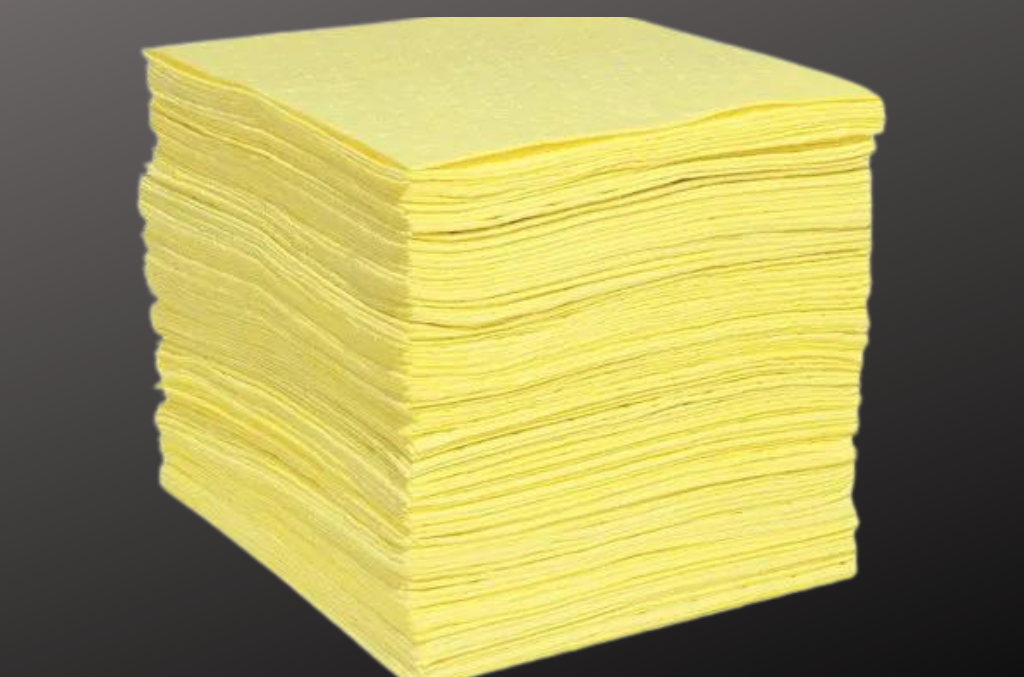
Spill absorbents come in a variety of types, each designed for a specific kind of spill. Knowing the difference between these types is crucial for effective spill management.
Universal or General Purpose Absorbents
Universal absorbents, also known as general purpose absorbents, are designed to handle a wide range of liquids. These include water, oil, coolants, solvents and other non-aggressive fluids. They are typically gray in color, which helps hide dirt and grime, and are ideal for use in manufacturing plants, auto repair shops, and other areas where a variety of liquids may be spilled.
Oil Only Absorbents
Oil-only absorbents are designed to absorb oil-based liquids while repelling water. This makes them perfect for cleaning up oil spills in water environments, such as marinas and shorelines, as they can float on water while soaking up oil. They are typically white in color, making it easy to see when they are saturated with oil.
Chemical or Hazardous Absorbents
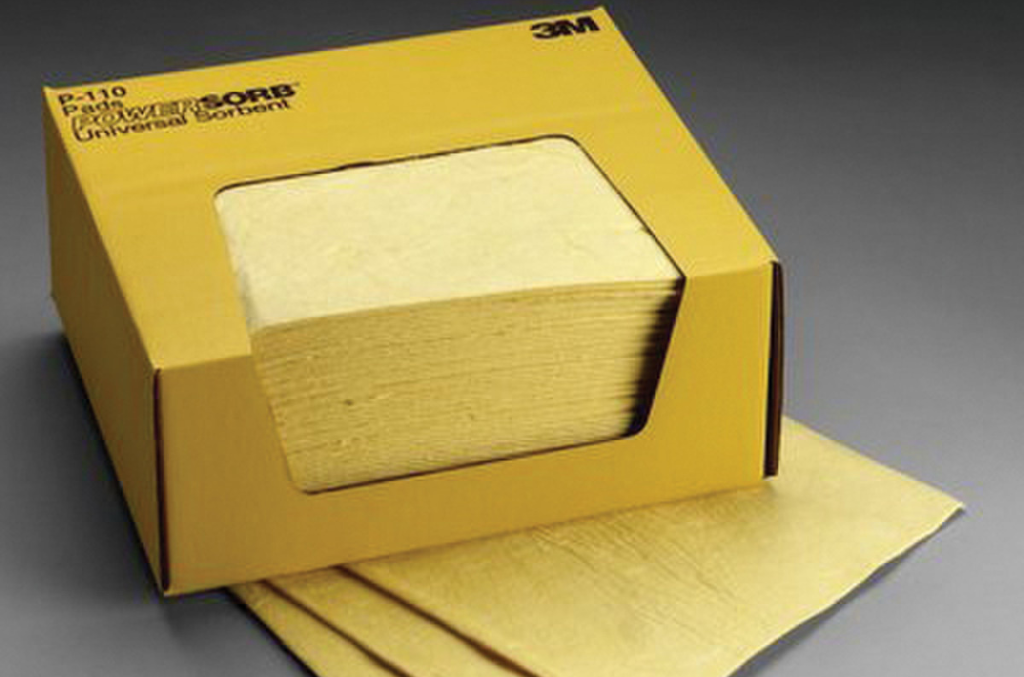
Chemical absorbents are specifically designed to handle hazardous and aggressive chemicals, including acids and bases. They are typically yellow in color, which is universally recognized as a sign for caution. These absorbents are crucial for chemical plants, laboratories, and other places where hazardous chemicals are used or stored.
Specialized Absorbents
In addition to the above categories, there are also specialized absorbents designed for specific applications. For example, biohazard absorbents are used in healthcare settings for absorption and containment of bodily fluids or other biohazardous materials. Similarly, there are absorbents designed for high-temperature applications, radioactive materials, and more.
Each type of spill absorbent has its unique features and benefits and is designed for a specific purpose. Understanding these differences is the first step towards choosing the right absorbent for your needs.
The Science Behind Spill Absorbents
Spill absorbents work through a simple yet effective scientific principle: capillary action. This is the same principle that allows trees to draw water from the ground and distribute it to their leaves.
Understanding Absorbency: What Makes a Good Absorbent?
The effectiveness of an absorbent is determined by its absorbency, which is the ability of a material to soak up a liquid. This is influenced by two main factors: porosity and retention. Porosity refers to the amount of open spaces (pores) in a material, which determines how much liquid it can soak up. Retention is the ability of the material to hold on to the liquid and prevent it from being released.
The Role of Material and Construction in Absorbency
The material and construction of an absorbent play a crucial role in its absorbency. Absorbents are typically made from materials with high porosity and retention, such as polypropylene, cellulose, and other synthetic or natural fibers.
The construction of the absorbent also impacts its effectiveness. For example, absorbent pads and rolls often have a layered construction, with a highly absorbent core sandwiched between layers that help contain the absorbed liquid. Some absorbents also feature a perforated design, which allows you to use only what you need, reducing waste.
The science behind spill absorbents is a fascinating blend of material science and engineering. By understanding this science, you can make more informed decisions when choosing and using spill absorbents.
Industry Applications of Spill Absorbents
Spill absorbents find their use across a diverse range of industries, each with their unique requirements and challenges. Let’s delve deeper into how these absorbents are employed in different sectors.
Manufacturing and Distribution
In manufacturing and distribution sectors, machinery and equipment often deal with various liquids, including oils, coolants, and chemicals. Spill absorbents help control accidental spills, ensuring a safe and efficient work environment. They also aid in maintaining the equipment by absorbing leaks, thus preventing potential damage.
Healthcare
The healthcare industry deals with a variety of bio-hazardous materials, including bodily fluids. Spill absorbents are crucial in these settings to maintain hygiene and safety. They help absorb and contain these materials, preventing contamination and spread of diseases. Special bio-hazard absorbents are used for this purpose, designed to handle infectious waste safely.
Education
Educational institutions, especially those with science laboratories, regularly use chemicals for practical learning. Spill absorbents are essential tools in these environments to contain and clean up any accidental chemical spills, ensuring the safety of students and staff. They also find use in cafeterias and other areas to manage food and drink spills.
Building Services
Building services, such as cleaning, maintenance, and construction, often deal with spills of cleaning solutions, paint, water, or other liquids. Spill absorbents aid in managing these spills effectively, ensuring a clean and safe work environment. They also help in minimizing the impact of spills on the building’s aesthetics and structure.
These applications exemplify the versatility and importance of spill absorbents across various sectors. By choosing the right type of absorbent for your industry, you can enhance safety, efficiency, and compliance with regulations.
Tips for Choosing the Right Spill Absorbents
Choosing the right spill absorbent is crucial for effective spill management. Here are some tips to guide you in this process.
Assessing Your Needs: The First Step to Choosing the Right Absorbent
The first step in choosing the right absorbent is understanding your needs. Consider the type of liquids you are likely to deal with. Are they oil-based, water-based, or hazardous chemicals? Do you need a universal absorbent, or would a specialized type be more appropriate?
Consider the volume of the spill as well. Larger spills may require absorbent rolls or booms, while smaller spills can be managed with pads or pillows. Also, consider the frequency of spills. If spills are a regular occurrence, you might need a larger stock of absorbents.
Material Considerations when Choosing Absorbents
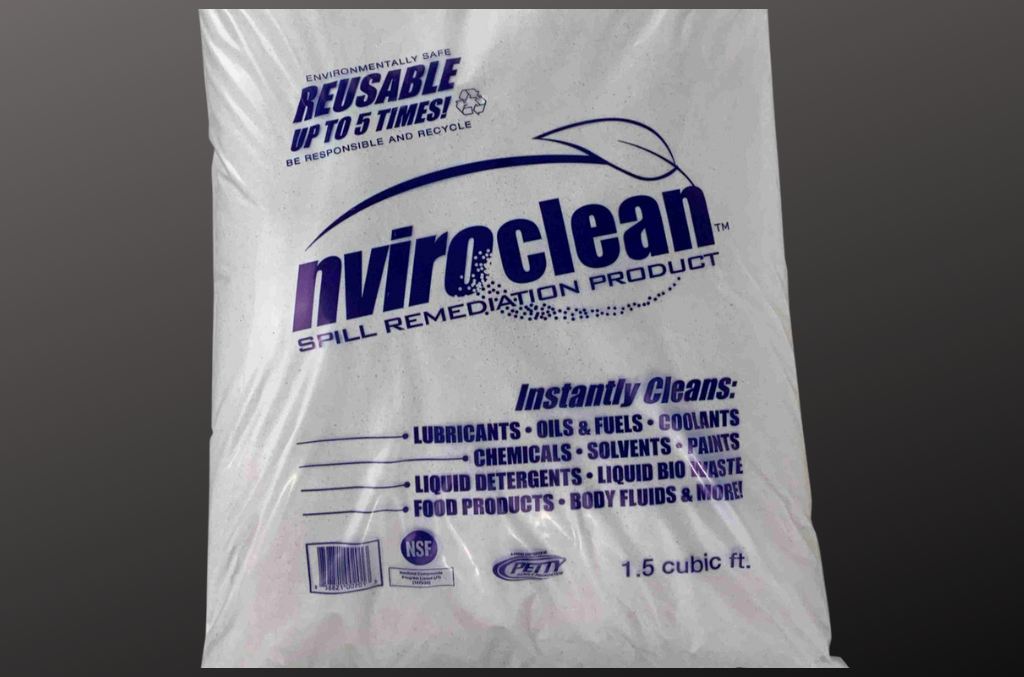
The material of the absorbent is another important consideration. Synthetic materials like polypropylene are highly effective for oil and chemical spills, as they can absorb large quantities of liquid and are resistant to chemical reactions. Natural materials like cellulose can be a good choice for water-based spills, as they are highly absorbent and environmentally friendly.
Also, consider the construction of the absorbent. Absorbents with a layered or perforated design can provide better containment and reduce waste.
Finally, consider the disposal methods available for the absorbent. Some materials may require special disposal methods due to environmental regulations. Make sure to choose an absorbent that aligns with your disposal capabilities.
Choosing the right spill absorbent is not just about buying the most absorbent material. It’s about understanding your needs, considering the properties of the absorbent, and making an informed decision. With the right absorbent, you can ensure a safe and efficient spill management process.
Proper Usage and Maintenance of Spill Absorbents
Proper usage and maintenance of spill absorbents are crucial to ensure their effectiveness and longevity. Here are some tips on how to use and maintain your absorbents effectively.
How to Use Spill Absorbents Effectively
The first step in using spill absorbents is to identify the type of spill. This will determine the type of absorbent to use. For instance, use oil-only absorbents for oil spills, chemical absorbents for chemical spills, and so on.
Next, apply the absorbent to the spill starting from the outer edges and working towards the center. This helps prevent the spill from spreading further. Ensure the absorbent is completely covering the spill and give it time to absorb the liquid.
Once the absorbent has soaked up the spill, use appropriate tools like brooms or shovels to collect the saturated absorbent. Dispose of the used absorbent according to local regulations.
When and How to Replace or Dispose of Spill Absorbents
Knowing when to replace or dispose of your absorbents is key to maintaining their effectiveness. Replace absorbents when they are fully saturated and can no longer absorb effectively.
Disposal of used absorbents should be done according to local waste disposal regulations. Be aware that used absorbents may be classified as hazardous waste, depending on what they have absorbed. Always use appropriate waste bags or containers for disposal.
Regular inspection and maintenance of your spill absorbents can help ensure they are always in good condition and ready to use. This includes checking for wear and tear, ensuring they are stored properly, and replacing used or damaged absorbents promptly.
Proper usage and maintenance not only ensure effective spill management but also help extend the life of your absorbents, providing better value for your investment.
Regulatory Aspects of Spill Absorbents
The use and disposal of spill absorbents are governed by various regulations to ensure safety and environmental protection. Understanding these regulatory aspects is crucial for compliance and avoiding potential fines or penalties.
Understanding OSHA and EPA Guidelines for Spill Absorbents
The Occupational Safety and Health Administration (OSHA) sets standards for workplace safety, including the use of spill absorbents. OSHA regulations require employers to provide a safe and healthful work environment, which includes proper spill management.
The Environmental Protection Agency (EPA) also has regulations concerning spill absorbents, particularly in relation to their disposal. Used absorbents that have soaked up hazardous substances may be classified as hazardous waste and must be disposed of accordingly. The EPA’s Resource Conservation and Recovery Act (RCRA) outlines these regulations.
Compliance and Safety Measures
To ensure compliance with these regulations, it’s important to have a spill response plan in place. This plan should outline the steps to be taken in the event of a spill, including the use of appropriate absorbents and disposal procedures.
Training is also crucial. Employees should be trained on how to use spill absorbents effectively and safely, and on the proper disposal procedures. This not only ensures compliance but also promotes a safe and healthful work environment.
Lastly, proper record-keeping is important for regulatory compliance. This includes records of spills, what absorbents were used, how they were disposed of, and any related training or incidents.
Understanding the regulatory aspects of spill absorbents is key to compliance and safety. By following the guidelines set by regulatory bodies, businesses can ensure they are using and disposing of spill absorbents in a safe and environmentally responsible manner.
Different Brands of Spill Absorbents
The market offers a variety of brands when it comes to spill absorbents, each with their unique strengths and specialties. Each brand offers unique features and benefits, and the best one for you depends on your specific needs and preferences. When choosing a brand, consider factors such as the type of spills you need to manage, the volume of the spills, your budget, and your environmental considerations.
Remember, the effectiveness of an absorbent is not determined by the brand alone, but by how well it meets your needs. Do your research, compare different brands, and make an informed choice for the best spill management solution.
Summary Of Discussion
Emphasizing the Importance of Spill Absorbents
Spill absorbents are more than just tools for cleaning up spills. They are essential components of a safe and efficient work environment, helping to prevent accidents, protect property, and maintain compliance with safety and environmental regulations. By understanding the different types of spill absorbents, how they work, and how to use and maintain them effectively, businesses and institutions can enhance their spill management capabilities and create safer, cleaner, and more efficient workspaces.
Final Thoughts on Selecting and Using Spill Absorbents Efficiently
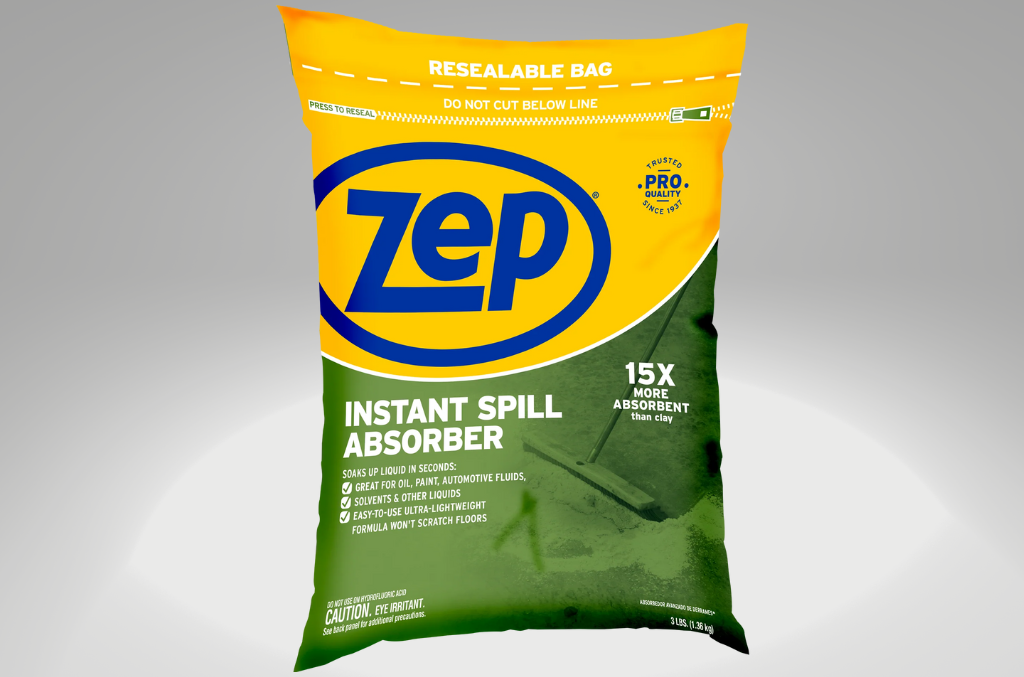
Choosing the right spill absorbent involves more than just picking a product off a shelf. It requires a careful assessment of your needs, a thorough understanding of different absorbent types and materials, and an awareness of regulatory requirements. It also involves choosing a reputable brand that offers high-quality products designed for your specific needs.
Using spill absorbents effectively requires proper training and maintenance. It’s not just about applying the absorbent to the spill, but also about safely collecting and disposing of used absorbents, and regularly inspecting and replacing your absorbents to ensure they are always ready for use.
In conclusion, spill absorbents are an essential tool in any industry. By choosing the right absorbent and using it effectively, you can manage spills efficiently, maintain a safe and clean work environment, and ensure compliance with regulations.
Frequently Asked Questions (FAQ)
At IP Products, we offer a wide range of Spill Absorbents to meet your needs. Browse our collection today and find the perfect Spill Absorbents for your job. We are dedicated to quality, customer satisfaction, and fast shipping.
